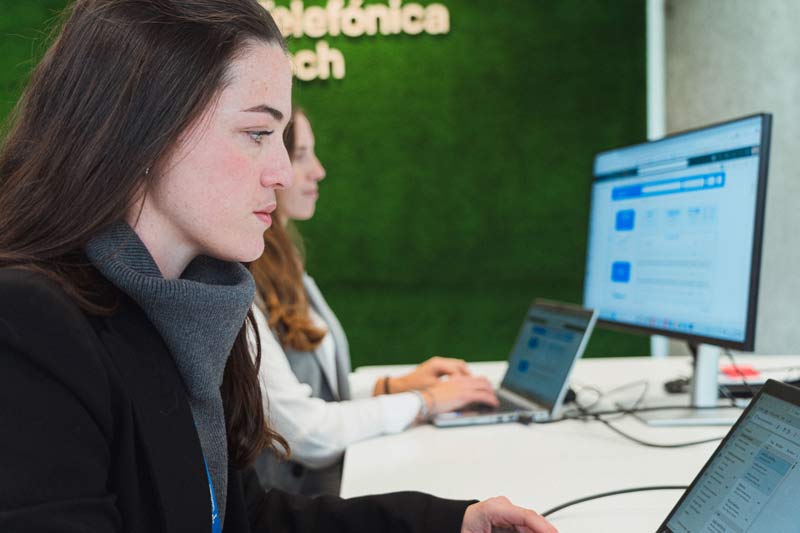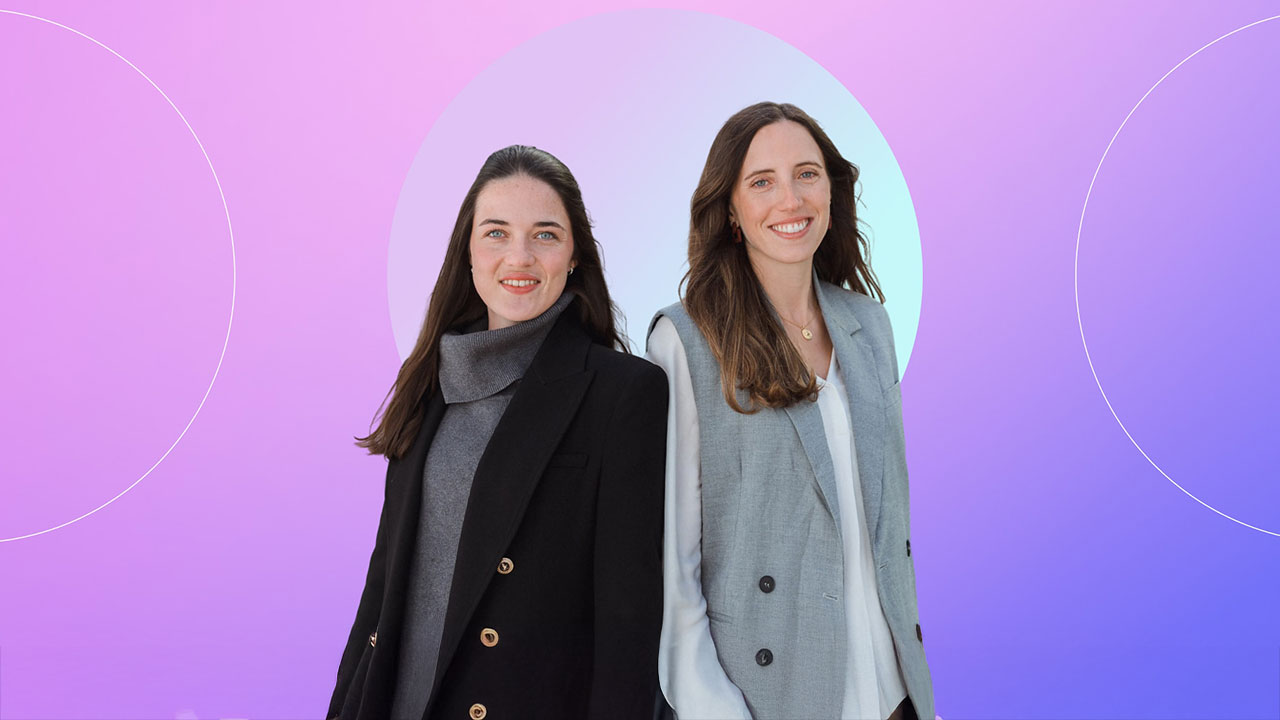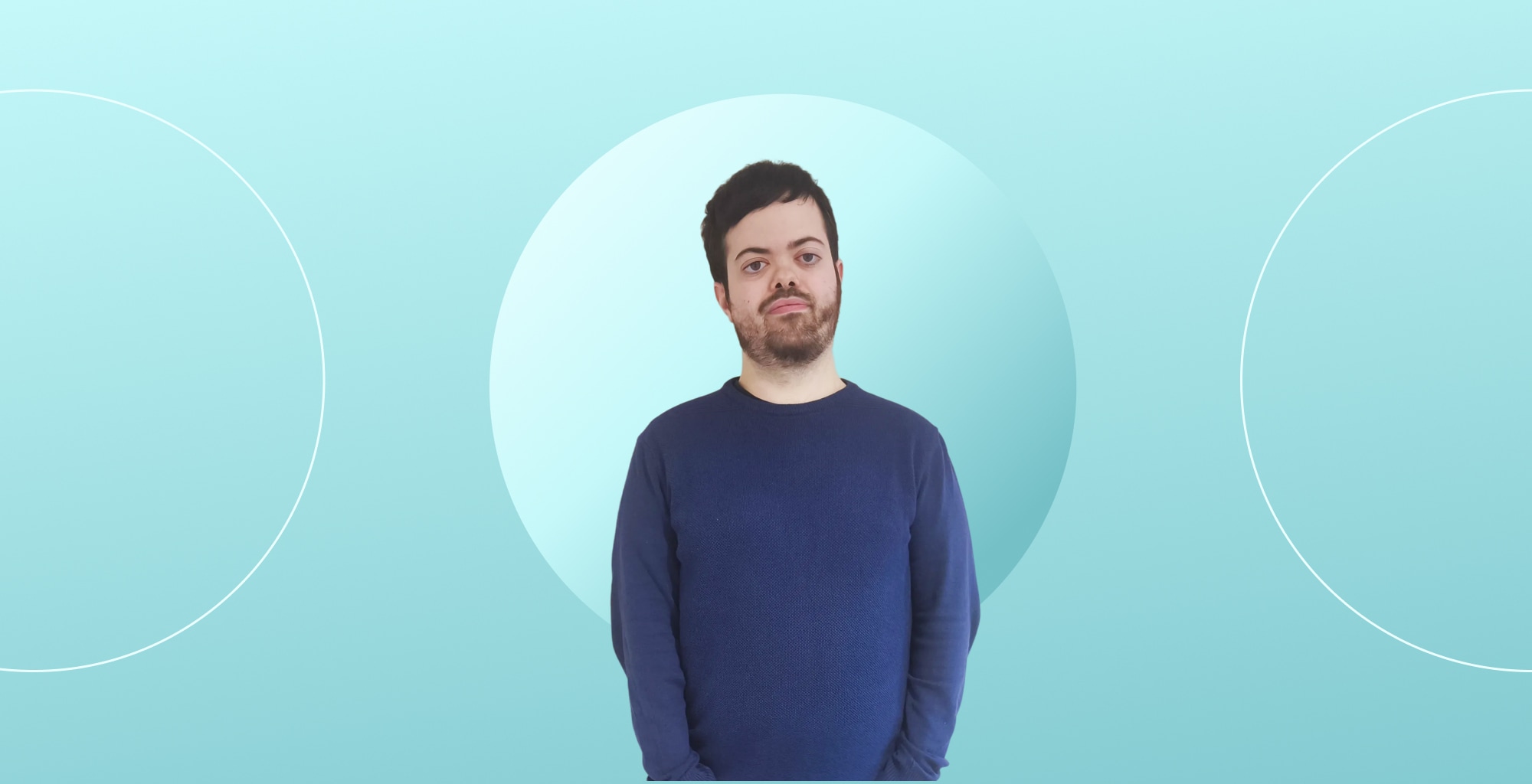#WomenWithTech: Marta y Carmen combine creativity and analytics in digital marketing
The best results in digital marketing come when creativity and data become one. When intuition is backed up by evidence and numbers become stories that inspire decisions.
This is proven by Carmen Valencia and Marta Elvira, two professionals from Telefónica Tech's Marketing & Comms team who, in this interview, share how value comes from bringing together different talents with the same purpose.
- Carmen, who specialises in business intelligence, transforms data into useful knowledge for making more agile and accurate decisions.
- Marta, the team's community manager, manages our social media with a strategic and creative human vision.
Together they have forged a partnership where creativity finds structure and data takes on meaning. They show us how, behind every dashboard and every publication, curiosity, teamwork as well as an analytical eye that transforms information into knowledge are intertwined.
______
How did your collaboration start and what role does each of you play in our Marketing & Comms team?
Our collaboration arose naturally within the Marketing & Comms team when we saw how well the creative and analytical sides of the business complemented each other. Marta, as head of social media, leads content strategy, community engagement and the more creative side of the business, while I take care of data connection and processing, dashboard creation and report automation.
We used to measure results, but with less flexible tools; now, thanks to Power BI, we are much more autonomous in generating visualisations adapted to each need. This allows us to make faster decisions based on real data.
Combining the creative and analytical sides allows us to make faster decisions based on real data.
What led you to specialise in community management and data analytics?
Marta: I've always liked communication, but what appeals to me the most is the human side: listening and connecting with the people behind the screens.
I started out managing networks from a more creative approach, very focused on content, but over time I realised that behind every post there is a lot of data that helps you understand what connects with people and what doesn't. And that's where it all started to make more sense: combining creativity with analytics.
Behind every post there is data that explains what connects with people and what doesn't.
Carmen: My interest in data analytics came naturally throughout my career in marketing and communications. I have always closely pursued how each digital decision could be measured, but I needed to translate that data into useful insights to improve the impact of actions.
That curiosity led me to a master’s degree in business intelligence and Data Analysis — and to a specialisation in technical skills, such as Power BI or SQL queries in Snowflake.
I have always been interested in translating data into useful insights that improve the impact of actions.
Why is it so powerful to bring together a community manager and a data analyst in digital marketing?
Marta: It's powerful because it brings together two worlds that complement each other perfectly. Carmen turns all the data into clear, visual information, and I apply it to strategy and content. That way, everything we do has a real basis: we don't publish based on intuition, but rather on knowing what really connects with others.
It's like working with your head and your heart at the same time.
Carmen: Pairing a community manager with a data analyst is a winning combination because it brings together creativity and audience knowledge with the ability to measure and optimise every action.
While Marta creates content that connects and generates conversation, I connect and transform those results into clear visual data through dashboards that help make faster and more accurate decisions. This way, ideas are not just based on intuition but are backed up by real data that shows what works best and how to keep improving.
Creativity and data complement each other; ideas are backed up by real evidence.
Before we begin, what role did data play in managing our social media?
Marta: Previously, data came at the end of the publishing process. We would look at the results once something had already been published and, from there, we would see how it had gone. Now it's part of the process from the beginning. With Power BI, we have a comprehensive and up-to-date view of everything that's happening, which allows us to plan better, detect patterns and, above all, make decisions faster.
Now data is part of the process from the beginning: it helps us plan better and make decisions faster.
How did you approach data collection and analysis to understand the audience and content?
Carmen: We approached the project with the aim of automating reporting, increasing effectiveness and gaining a global view of the available data. To this end, I connected social media sources to Snowflake with the support of the Telefónica Tech BI team, using an automatic feed that is updated daily.
I then created SQL views to clean and structure the information before connecting it to Power BI, where I built a data model that allows these views to be cross-referenced. In Power BI, I design interactive dashboards and generate specific metrics using DAX language. In addition, the tool allows the team to access history and real-time data to make evidence-based decisions.
We automate reporting and connect sources to provide a global, real-time view.
Were there any findings that changed your perspective? If so, what action did you take afterwards?
One of the clearest findings was that, thanks to data integration in Power BI, we were able to see what types of content generated the most conversation and which channels or formats performed best according to the objective.
This allows us to adjust our content strategy by prioritising those formats, optimising publication frequency and better aligning messages with the real interests of the audience. This would have previously been a much more manual task and, even though we would have reached the same conclusion, it would have taken us many hours of analysis.
We found out what types of content generate the most conversation and which formats work best depending on the objective.
What measurable improvements did you achieve and in which metrics are they reflected?
Marta: Above all in engagement and organic interaction, exceeding half a million interactions during the first six months of the year across all our social channels. There is more conversation, more responses and more people participating. However, the most important thing is that we now understand why this is happening. We can anticipate and adapt our strategy with real data, not with assumptions based on intuition.
There is more conversation and more people participating, but the important thing is that we now understand why this is happening.
What STEM skills do you apply on a daily basis in this project and how do you complement each other?
Carmen: In this joint project, we apply many STEM skills without even realising it: data analysis, interpreting metrics, logical thinking and using digital tools to measure and visualise results.
I bring the more analytical side, working with data, models, and dashboards to identify trends and opportunities, while Marta applies the more technological and creative side in network management, experimenting with formats, and optimising content.
Together we combine data with action: one translates information into actionable data, and the other converts it into strategy and content.
What does Telefónica Tech's #WomenWithTech initiative mean to you?
Marta: It has been an opportunity to meet many women with different profiles within the world of technology. Sometimes you don't realise how much you are learning or contributing until you share it with other people who are going through something similar.
#WomenWithTech gives you that space, that network of support and motivation that drives you to keep growing.
Carmen: #WomenWithTech has given me the confidence to take on new challenges, lead data projects and share my experience with other women who wanted to enter this world.
It's a way of feeling part of a community that promotes and highlights female talent in technology.
What practical advice would you give to other women who want to start or grow in technology and science careers?
Marta: I would tell them that you don't need to know everything to get started. Let your curiosity guide you, try new things, and don't hold yourself back by thinking, “That's not for me”. Technology has many doors: communication, design, data, creativity... and they are all equally necessary.
The important thing is to find the one that motivates you the most and move forward little by little. And above all, don't compare yourself to others: every path is different, and that's also the beauty of it.

You don't need to know everything to get started. Curiosity is the best starting point.
Carmen: The most important thing is to lose your fear of getting started, even if you don't have a technical background. Technology and data are fields that are learned step by step, with curiosity, perseverance and a desire to understand how things work.
It's also key to surround yourself with people who inspire you, ask for help when you need it, and don't compare yourself to others: every bit of learning counts. And above all, bringing a different perspective — more strategic, creative or communicative — also adds a lot of value in STEM environments.
The important thing is to lose your fear of getting started and understand that every bit of learning counts.
 Hybrid Cloud
Hybrid Cloud Cyber Security & NaaS
Cyber Security & NaaS AI & Data
AI & Data IoT & Connectivity
IoT & Connectivity Business Applications
Business Applications Intelligent Workplace
Intelligent Workplace Consulting & Professional Services
Consulting & Professional Services Small Medium Enterprise
Small Medium Enterprise Health and Social Care
Health and Social Care Industry
Industry Retail
Retail Tourism and Leisure
Tourism and Leisure Transport & Logistics
Transport & Logistics Energy & Utilities
Energy & Utilities Banking and Finance
Banking and Finance Sports
Sports Smart Cities
Smart Cities





